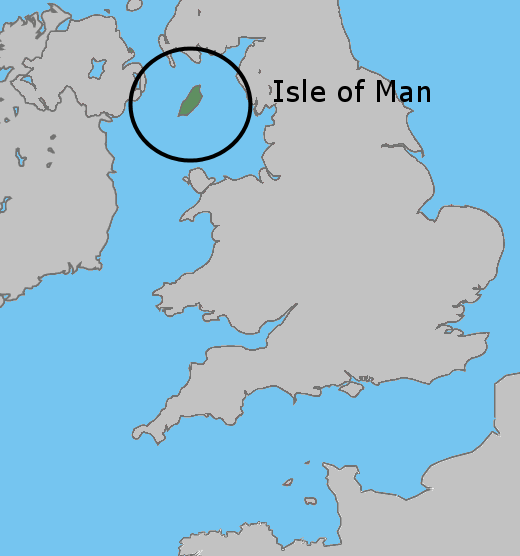1.3 Paco remembers a story a man told
In the title of this section you can read a sentences that the narrator said at the beginning of the topic, when he introduced what Paco was doing before remembering the story the man told: Paco remembers a story a man told. Obviously, what he means is that Paco remembers in the present the story the man told in the past, when he was in the United States.
Watch the following videos (first video A, then B) to work on this difference. Pay as much attention as possible to present and past tenses.
| A |
|
|
B |
Read the questions of the Self-assessment part below, then watch the video again to try to answer them. Watch the video as many times as necessary to answer the questions.

|
| By UKPhoenix79. GNU Free Documantation Licence |
Choose the correct answer. Remember to watch the video as many times as necessary!
1. According to Beryl, when was the first picture shown taken?
|
a. In the 1930s
| |
|
b. In the 1920s
|
|
a. She is 82 years old
| |
|
b. She is 80 years old
|
|
a. After the Second
World War (WWII-[1939-1945])
| |
|
b. After the First World
War (WWI [1914-1918])
|
 |
| By MethoDan. C. Commons |
|
a. No, it isn't
| |
|
b. Yes, it is
|
|
a. It was taken 50 years
ago
| |
|
b. It was taken 100 years ago
|
As you should have noticed, we use used to to talk about past habits and states which are now finished (e.g. Paco used to wear a mac in England).
It is very important to know that used to has NO PRESENT form, nor progressive, perfect, infinitive or -ing forms. It can only be used to talk about the past. To talk about present habits and states we use the Simple Present tense accompanied or not by an adverb of frequency such as usually or normally, among others (e.g. Paco (usually) wears a mac in winter).
By the way, used to has nothing to do with to get used to something/doing something (also, to get accustomed to) or to be used to something/doing something (also, to be accustomed to).